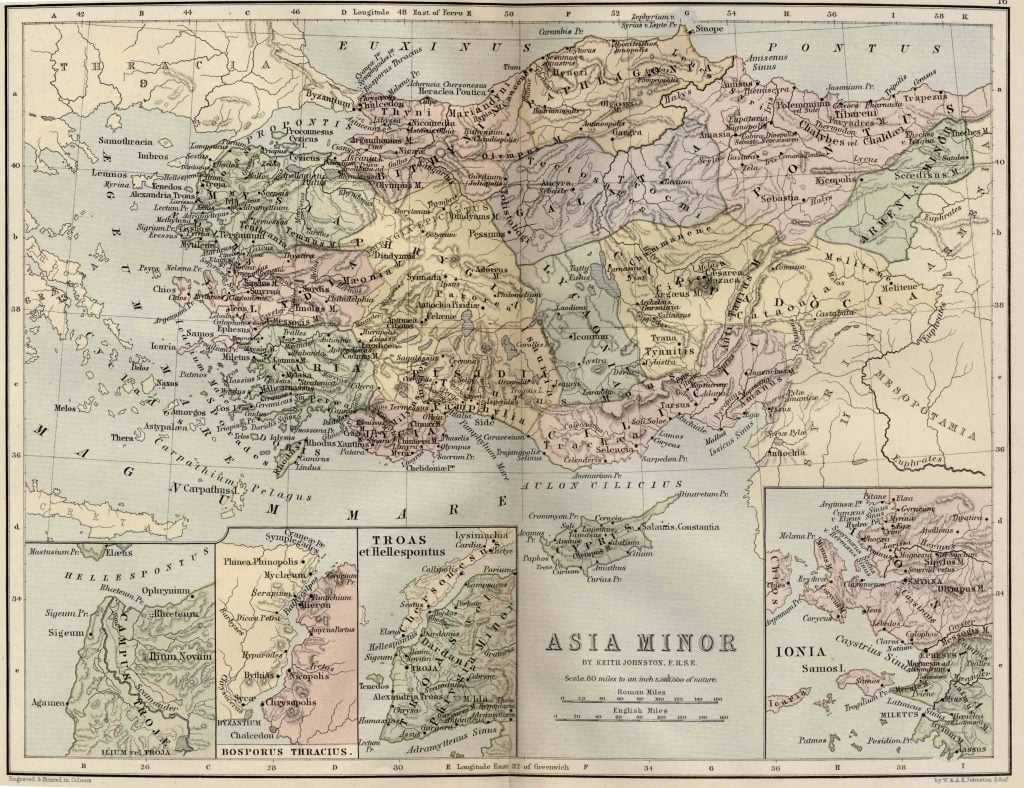The Ottoman Conquest Of Lebanon
The Ottoman Empire ruled over Lebanon for 402 years, reigning over the Levant from their conquest in 1516 to the empire’s collapse in 1918. The arrival of the Ottomans had a major impact on the area, changing natural, economic, and social landscapes across the lands. If you’re interested in learning more about this history, and see how it all started, you’ll love this brief snapshot into how the Ottoman conquest played out.

Before the Ottomans, the Mamluks had ruled Lebanon from the mid 1200s, fighting off the Mongols to retain control of the lands of the Levant. The Mamluks and the Ottomans had a historically tense relationship, going to war between 1485 to 1491 before butting heads again in 1516. Issues of major conflict included control over Islam’s holy cities, the spice trade, and territorial expansion.
War broke out in 1516 under the command of Ottoman Sultan Selim I and Mamluk Sultan Qanush II al Ghuri. Both sides had around 60,000 soldiers, although the Ottoman were on average better trained and equipped.

The first city to come under Ottoman control was Diyarbakır, today still part of Turkey. The Ottomans and Mamluks would then go to war in the Battle of Marj Dabiq, now part of modern day Syria. The battle was a decisive Ottoman victory, aided by strategic betrayals, overwhelming artillery force, and the slaying of the Mamluk sultan.
Hayır Bey, the Mamluk governor of Aleppo, switched his allegiance to the Ottomans as news of the incoming battle emerged, dealing a major blow to Mamluk organization in the area. His left flank quickly retreated from battle after the fighting started, turning the tide towards the incoming Ottoman army.
The Mamluk sultan then sent a last plea to his soldiers to fight on, but no one listened. He was then told that it was time to pray, and flee. Some report that he got on his horse, and fell within two paces, immediately dying. Others believe his death was just a rumor spread by Hayir Bey. Another account believes that the Sultan was found beheaded in the field with his head buried, an attempt to hide it from Mamluk hands. Finally, the official Ottoman account claims a Turkish soldier executed and beheaded the sultan, and was himself set to be executed for the crime but was then pardoned by Sultan Selim I.

The Mamluks were completely routed from the area after this battle, with inhabitants of Syria and Lebanon quickly accepting their new Ottoman rulers. The remnants of Mamluk’s social and administrative structures would influence the new Ottoman regime, and this conquest would lay the foundations for the next 402 years of history in Lebanon.





